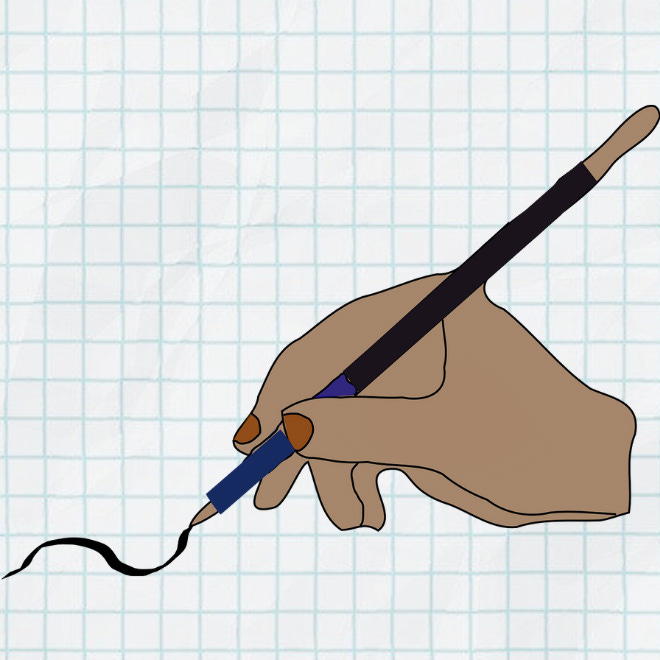Weaverbirds build their nests with attention and care. (Photo by Steven Pinker)
The starting point for becoming a good writer is to be a good reader. Writers acquire their technique by spotting, savoring, and reverse-engineering examples of good prose.
Much advice on style is stern and censorious. A recent bestseller advocated “zero tolerance” for errors and brandished the words horror, satanic, ghastly, and plummeting standards on its first page. The classic style manuals, written by starchy Englishmen and rock-ribbed Yankees, try to take all the fun out of writing, grimly adjuring the writer to avoid offbeat words, figures of speech, and playful alliteration. A famous piece of advice from this school crosses the line from the grim to the infanticidal:
Whenever you feel an impulse to perpetrate a piece of exceptionally fine writing, obey it—wholeheartedly—and delete it before sending your manuscript to press. Murder your darlings.2
An aspiring writer could be forgiven for thinking that learning to write is like negotiating an obstacle course in boot camp, with a sergeant barking at you for every errant footfall. Why not think of writing as a form of pleasurable mastery instead, like cooking or photography? Perfecting the craft is a lifelong calling, and mistakes are part of the game.
Though the quest for improvement may be informed by lessons and honed by practice, it must first be kindled by a delight in the best work of the masters and a desire to approach their excellence. Reverse-engineering good prose is the key to developing a writerly ear. Stylish writers, you’ll find typically share a number of practices, including:
an insistence on fresh wording and concrete imagery over familiar verbiage and abstract summary;
an attention to the readers’ vantage point and the target of their gaze;
the judicious placement of an uncommon word or idiom against a backdrop of simple nouns and verbs;
the use of parallel syntax;
the occasional planned surprise;
the presentation of a telling detail that obviates an explicit pronouncement;
the use of meter and sound that resonate with the meaning and mood.
I encourage you to develop the habit of lingering over good writing wherever you find it and reflecting on what makes it good. My writing prompt for today is also a reading prompt:
Find a piece of scholarly writing that you admire.
Reverse-engineer it to figure out how it works.
Try out one or two of the author’s techniques in your own writing.
You’ll find some examples of my own approach to this prompt in The Sense of Style: The Thinking Person's Guide to Writing in the 21st Century.
Steven Pinker, author of The Sense of Style
For more scholarly writing inspiration, check out these resources from the curators of #AcWriMoments:
ScholarShape by Margy Thomas
WriteSPACE by Helen Sword









Thank you, Steve, for this beautiful post. I plan to do lots of artful lingering today, like that gorgeous weaverbird crafting its nest.
I love how the prompt itself illustrates the techniques it suggests for crafting vivid, distinctive prose. 👏 And the compact list of concrete writing practices is so useful! Thank you, Steven.
Here’s the item I’m going to focus on most today: paying “attention to the readers’ vantage point and the target of their gaze.” I’ll try to see it as a *joyful* challenge to imagine my way into others’ point of view in order to reach them there.
PS. Steven, your brilliant advice in _Sense of Style_ to reverse-engineer great writing gets a shout-out in Prompt 8! Reverse-engineering of our own Helen Sword’s writing is part of the Story-Argument model’s origin story: https://open.substack.com/pub/acwrimoments/p/day-8-trace-a-lineage?r=h6m6&utm_medium=ios&utm_campaign=post
Thank you for all that you’ve done to support writers’ development! 🙏